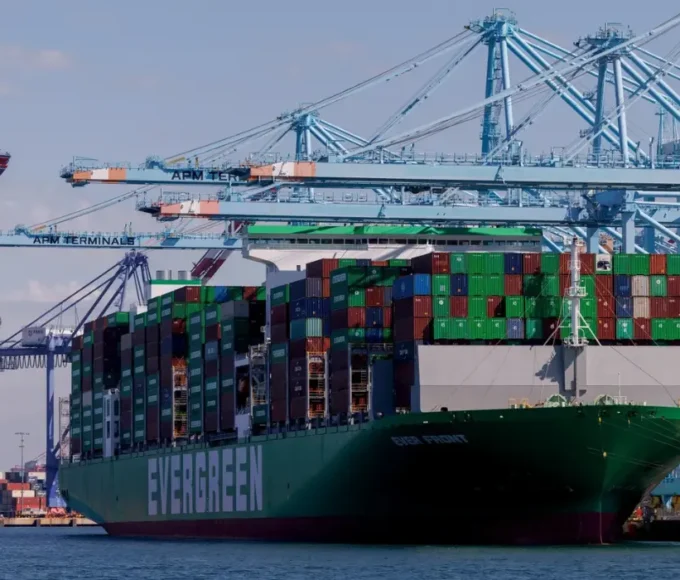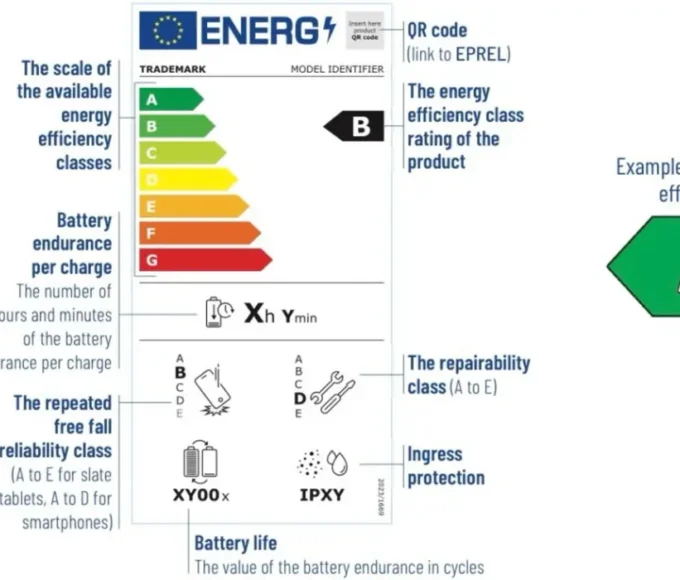In a new action plan published on February 21, the European Commission commits Member States to gradually ban bottom fishing in their marine protected areas by 2030. A controversial measure, despite everything.
Three years after the publication of its 2030 Biodiversity Strategy, the European Commission presented, on February 21, its version devoted to marine ecosystems. This long-awaited action plan, which settles in particular the thorny issue of trawl fishing, does not seem to delight either marine wildlife defenders or fishing professionals. For Swann Bommier, in charge of advocacy for the NGO Bloom, it includes “nothing binding but (only a) series of recommendations and distant deadlines”. While Ivan Lopez van der Veen, President of the European Bottom Fisheries Alliance (EBFA), is already calling on the European Parliament and the Council of the European Union to “put an end to this nonsense”.
Betting on a Progressive Ban
The main measure of the decried document concerns the gradual ban on so-called “moving bottom” fishing (i.e. trawling, demersal seine, dredges and pots) in all areas or marine protected areas (MPAs) of the European Union by 2030. And this, by retaining the objective of the European strategy to protect at least 30% of European waters by this same deadline (compared to approximately 12% today). With this in mind, the European Commission is asking Member States to adopt the appropriate measures at national level and to submit their corresponding roadmaps to the Commission before the end of March 2024. These must include the ban on at least least 20% of their national marine waters, before reaching the target 30% by 2030.
The Commission therefore encourages the Member States to give priority to the elimination of bottom fishing gear within sites classified as “Natura 2000”. It also recommends that they support, within the framework of the aid funds provided for by the Common Fisheries Policy (CFP), the use of “more selective fishing practices and gear”, in order to reduce catches accidents of species considered “sensitive”. The European action plan, for example, commits European nations to improving the situation, starting this year, of the common dolphin in the Bay of Biscay (Delphinus capensis), then in 2024, of the Balearic shearwater (Puffinus mauretanicus) or even the seal Mediterranean monk (Monachus monachus), before “putting in place measures that reduce or eliminate accidental catches of all species whose conservation status is unfavorable or which are threatened with extinction and protected” from 2030.
Taking Trawling Out of Marine Protected Areas
However, the ban on trawling would only concern MPAs. “With effective management, it is possible to protect seabed ecosystems and maintain basic fishing activities by allowing bottom fishing in other areas and even improving catches in the long term”, assures the Commission. Its plan nevertheless provides for the adoption, “as soon as possible”, by the Member States of new threshold values for the integrity of the seabed outside MPAs in application of the framework directive on the strategy for the marine environment (MSFD ). According to the federation representing bottom fisheries, this measure will only have the effect of “displacing fishing efforts, which will only increase fuel consumption in return”.
For the Bloom association, if the prohibition of all bottom fishing gear in all marine protected areas in Europe is “real progress”, the measures of this action plan are considered “weak and very far from catastrophic findings that they are supposed to address”. The association thus regrets that the Commission has given up formulating, instead, a legislative proposal for a more binding regulation. “This plan, which could be described as ‘inaction’ for the ocean, totally fails to draw a visionary course and to initiate the structural transitions that our societies must make to invent a harmonious and truly ‘sustainable’ relationship with the ocean” , even signs its founder, Claire Nouvian. The latter is now banking on the “last opportunity” for the European executive to rectify the situation: the future law for the restoration of nature, currently being drafted in Parliament and the Council.
This article is originally published on actu-environnement.com









